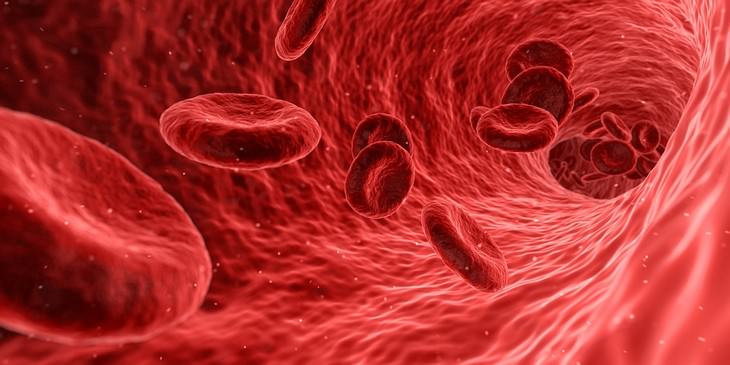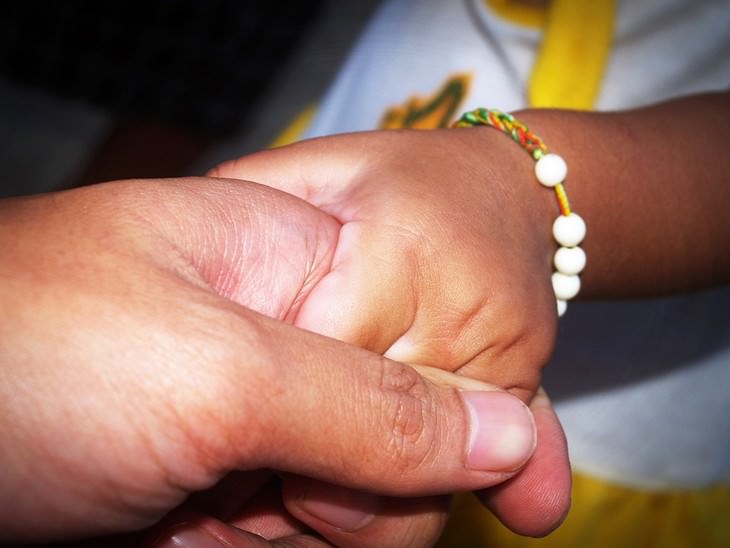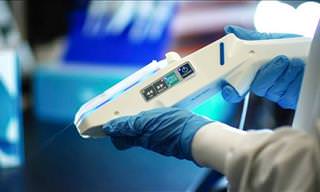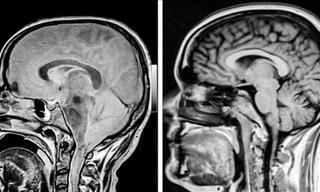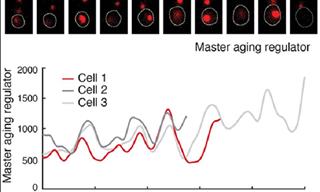Leukemia is a serious disease that affects many children and young people every year, and unfortunately also leads to the loss of many of them. This cruel cancer, which causes an increased production of abnormal blood cells that over time replace normal blood cells, causes serious physical symptoms and its treatment is not simple. The aggression of the disease has led researchers to examine whether it can be treated in a way that is less harmful to patients than normal methods, such as chemotherapy, and this treatment may already exist.
In July 2017, the US Food and Drug Administration (FDA) approved an innovative treatment that uses genetic engineering as a substitute for chemotherapy, and the results are already visible. Read on to learn more about the innovative treatment and discover how it can transform the lives of millions of children and young people around the world, as well as the lives of their families.
Genetic engineering as a treatment for leukemia
In recent years, as researchers have discovered more about the various mechanisms of the body, they have been able to use genetic engineering to treat various diseases. Moreover, the use of cells from patients' bodies as part of their treatment process results in better outcomes than other treatments, such as donor transplants, being that the body won’t reject medicine made from itself.
These are some of the guiding principles that led researchers from Switzerland's Novartis to examine genetic engineering as a treatment for leukemia patients. The innovative and groundbreaking company was finally able to create a treatment for this cancer, which was unanimously approved by a panel of the Food and Drug Administration. Since this approval, researchers have been working on optimizing and improving the method to make it the best possible treatment for patients with leukemia who are fighting for their lives.

The course of treatment - engineering patients’ cells and turning them into "serial killers"
To treat leukemia in children and young patients (ages 3-25), the Novartis researchers decided to use the patients' blood cells and engineer them to fight cancer in their bodies. The treatment is meant for patients with recurrent cancer or those who have been resistant to conventional treatments for leukemia. In collaboration with the University of Pennsylvania, Novartis has developed a method of healing that can "eliminate" cancer cells.
To do this, T-cells, which form part of the immune system, are collected and transferred to the laboratory for further treatment. The next stage involves the introduction of the HIV virus (the virus that leads to AIDS) mutated and transplanted into the blood cells harvested from the patients. Thanks to the natural replication and attack properties of the virus, it can cause the cells to multiply in large quantities for use as a natural treatment for patients. The cells are engineered to detect and attack cancerous cells, and after they undergo this treatment and are stripped of the HIV virus, the engineered blood cells are injected back into the patient's body.
Dr. Stephen Grupp, a physician and lecturer at the University of Pennsylvania School of Medicine, says that due to the treatment of young patients and the aggressive nature of leukemia, the need for new approaches and treatment methods has been successful, and the CTL019 is expected to be available in different countries after a few minor improvements are made and additional tests are conducted.

Does CTL019 work?
The most important question about the CTL019 treatment is whether it actually works. To address this, they examined the first treatment at the Children's Hospital in Philadelphia, USA, and the results were encouraging. Emily Whitehead, the most famous patient in the trial, was treated and completely recovered from cancer in 2012. Five years later, Emily was free of cancer, and her parents expressed support for the drug during the FDA panel’s discussion on its approval.
However, the significant disadvantage of this treatment is the time it takes to prepare it for each patient (currently standing at 22 days), during which the condition of patients can irreversibly deteriorate. In addition, the treatment caused severe side effects, including system collapse in patients such as Emily, who eventually recovered from leukemia, but paid for it in a severe fight against the disease. There is also concern about the future effects of treatment with a virus and whether the treatment itself will cause a different type of cancer in the long run.
The researchers at Novartis and the University of Pennsylvania continue to work hard on the problems identified to improve CTL019 treatment for young patients with this terrible disease and help them recover. Follow up on the health of these patients will be 15 years after treatment, by when they'll hopefully be entirely cured, have reduced side effects and a chance for a healthy future and a full life.
 Go to BabaMail
Go to BabaMail


